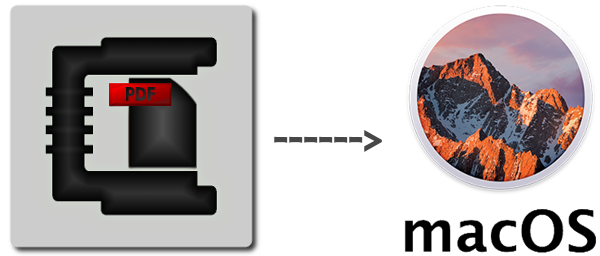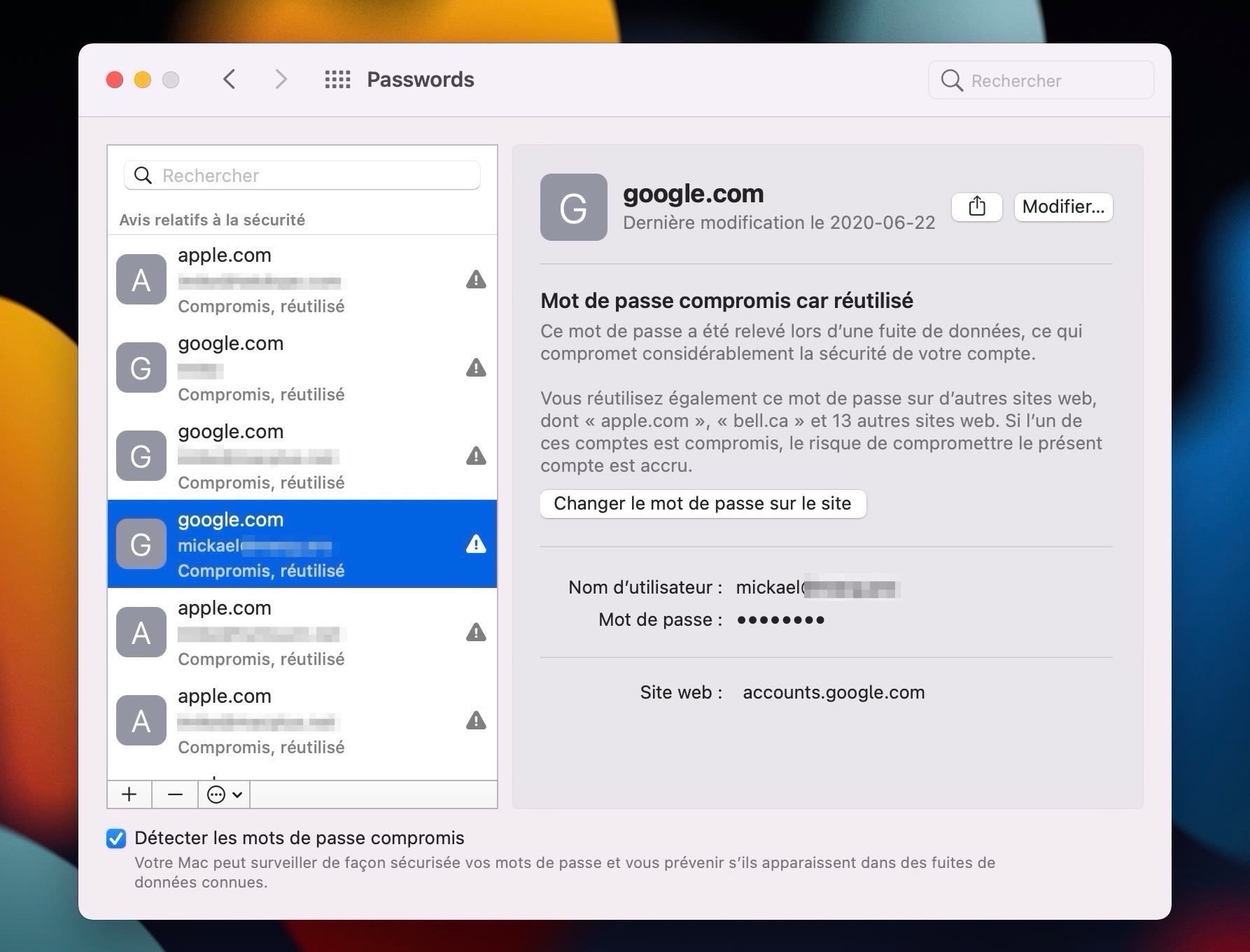
Instead, I’m going back to my Linux roots and pulling out some old favorites. So, long story short, I won’t be showing you how to implement a one-click solution that zips your files (using zip) and password-protects them. The recommended minimum level of encryption suggested for protecting sensitive files and documents is AES–128, and zip doesn’t even support that. It’s almost ten years old, and most importantly, it does not utilize AES encryption. The version of zip included with macOS is by Info-Zip, version 3.0, and was released in 2008.

The United States government uses this form of encryption, as do security-conscious folks around the world. AES supports encryption keys that are 128, 192, and 256 bits in complexity. AES (Advanced Encryption Standard), an algorithm developed by two Belgian cryptographers, is the de facto standard for encrypting files. The longer answer is that the level of security offered is easily bypassed, because the zip command included with macOS doesn’t use very strong encryption. I’ll get this question out of the way: “Why don’t I just use a password-protected zip file?” The short answer is that when you password-protect your files with zip, it is not much better than not using a password at all. Let’s see how you can digitally encrypt and password-protect your files using some Automator help The Problem with Using Zip to Password-Protect Your Files This handheld cipher was just the beginning. It’s fun, too, and it’s probably the most secure method to password-protect your files. It’s a hacksaw approach to what some might say is a job for a scalpel, but it works and it provides a level of protection that I don’t think you’ll find in any off-the-shelf solutions.


I’ve got an answer for that, using Automator and some magic in the form of bash shell scripting. Here at The Mac Observer, we’re frequently asked how someone can bundle a handful (or a bunch) of files, compress them, and then password protect them.


 0 kommentar(er)
0 kommentar(er)
